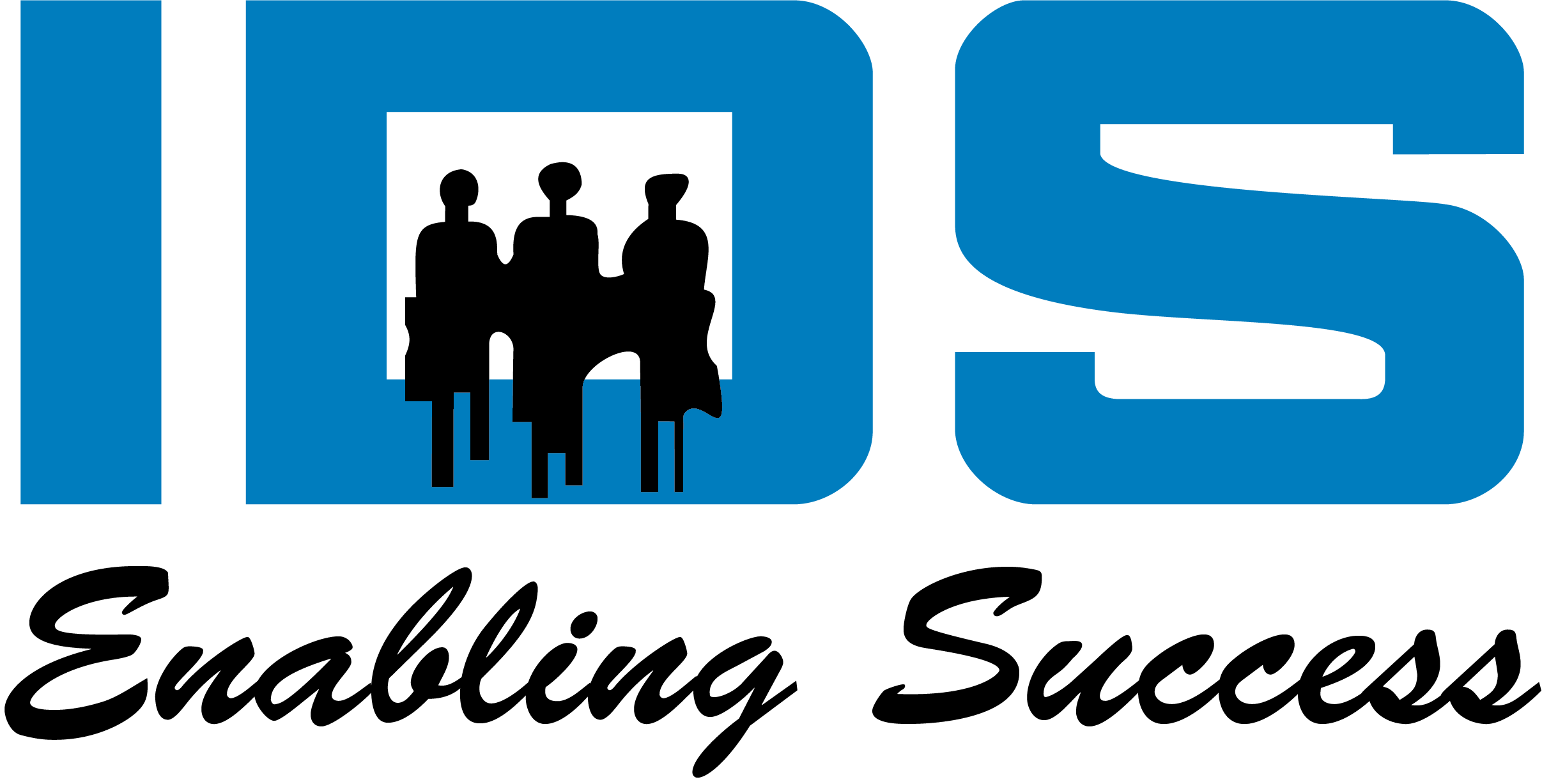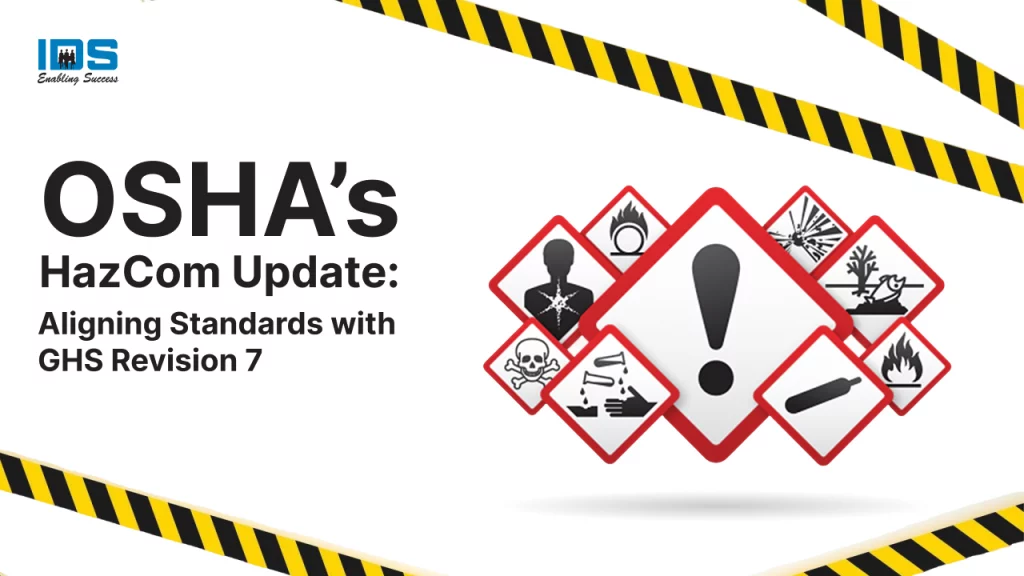OSHA has rolled-out its long-awaited update to the Hazard Communication Standard, bringing it in line with GHS Revision 7. This update introduces key changes that manufacturers, importers, and distributors need to understand to stay compliant. In this article, we’ll cover the key updates and what businesses need to do to ensure compliance.
What is the Hazard Communication Standard (HCS)?
The OSHA Hazard Communication Standard (HCS), codified under 29 CFR 1910.1200, is a regulation by the Occupational Safety and Health Administration (OSHA) in the United States. It ensures that chemical hazard information is communicated to employees and employers. The HCS requires employers to provide training, maintain Safety Data Sheets (SDSs), and implement a written hazard communication plan.
Key Updates in OSHA’s Hazard Communication Standard (HCS) with GHS Revision 7:
- Alignment with GHS Revision 7:
Physical Hazards:
- Desensitized Explosive:A new class for desensitized explosives has been introduced.
- Flammable Gases Category 1A:Updates include categorizing chemically unstable gases and pyrophoric gases under Flammable Gases Category 1A.
- Flammable Aerosol: The term Flammable Aerosols is replaced with Aerosols and Chemicals Under Pressure, with a new Category 3 for non-flammable aerosols.
A clarification note states that aerosols and chemicals under pressure do not fall under flammable gases, gases under pressure, flammable liquids, or flammable solids.
- Health Hazards: A tiered approach for skin corrosion/irritation classification has been adopted, as outlined in the 8th Revision of the Purple Book.
- Updated Label Requirements:
Chemical manufacturers and importers are now required to include standardized pictograms, signal words, danger statements, and precautionary statements on each hazard class label. This ensures consistent communication of hazards across industries.
- Enhanced SDS Format:
SDSs (Safety Data Sheets) now feature technical changes to improve their clarity and ease of use. For example, sections related to emergency procedures have been simplified for better understanding, making it easier for employees to access critical information quickly.
- Employee Training:
Employers must train their employees on the updated label elements and revised SDS format to help workers quickly recognize and understand new hazard information. As updates to SDSs and labels are received, regular training will be necessary.
- Trade Secret Transparency:
Companies protecting chemical concentrations as trade secrets must now disclose concentration ranges, ensuring more transparency while still safeguarding proprietary formulas. This adds clarity for end-users while maintaining confidentiality.
Deadlines for Compliance
Manufacturers, importers, and distributors must follow the new rules by January 19, 2026, for substances and by July 19, 2027, for mixtures. Make sure to take the necessary steps to comply with these updated regulations by the specified deadlines.
How Manufacturers and Importers Are Affected
- Verification of Impact: Manufacturers and importers must evaluate if their products fall under the new hazard classifications introduced by GHS Revision 7. This assessment will help determine whether their operations are affected by the update.
- Revised Safety Data Sheets (SDS): If manufacturers or importers are affected, they are required to revise their Safety Data Sheets (SDS) to incorporate new hazard categories that arise from this update. The revisions will include updated criteria for classifying health and physical hazards, as well as modifications to labeling requirements.
How to Prepare for Compliance?
- Review your hazard communication plan: Make sure your plan reflects the latest requirements.
- Update your SDSs and labels:Ensure all chemicals are properly labeled, and the SDSs are updated according to the new requirements.
- Train your employees:By training, businesses can ensure that everyone on the team understands the updated label elements, SDS forms, and new danger classifications. In order to keep up with future improvements, regular retraining will be essential.
Ensure Compliance with the Latest HazCom Updates!
With OSHA’s updated Hazard Communication Standard (HCS) aligning with GHS Revision 7, it’s crucial to stay compliant with the new regulations. IDS Infotech specializes in helping businesses navigate these changes and keep their chemical hazard communication systems up to date.
How We Can Help
- Expert SDS Authoring and Revisions: Leverage our expertise in authoring and revising Safety Data Sheets (SDS) to meet OSHA’s updated requirements, ensuring accuracy and regulatory compliance.
- Tailored Solutions: Receive personalized compliance support designed for manufacturers, importers, and distributors, addressing unique business needs.
- Ongoing Support:Stay updated on regulatory changes and avoid missing deadlines.

